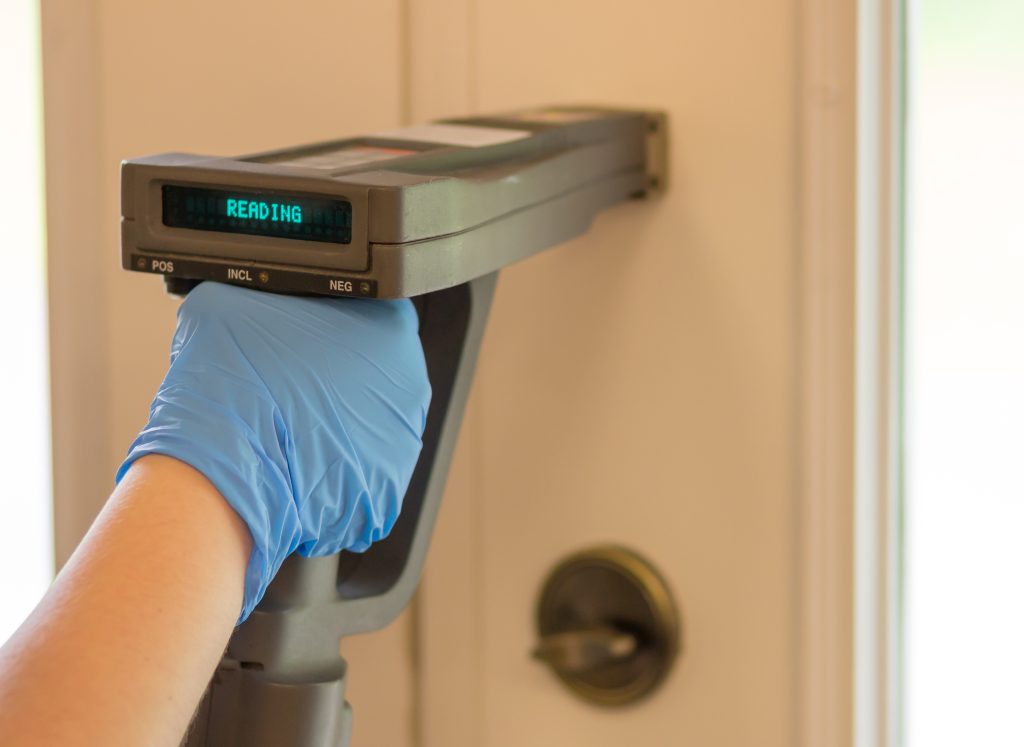This is the Pennsylvania Department of Health’s (Department) 17th childhood lead surveillance annual report, covering data for children tested in Pennsylvania (PA) during the calendar year 2022. Data were extracted from the Department’s electronic reportable disease surveillance system, the PA National Electronic Disease Surveillance System (PA-NEDSS).
This report is provided as a source of information for the public; federal, state, and local agencies; health care providers; and other organizations and individuals interested in lead poisoning prevention in PA. The report provides information about lead testing for children under the ages of 2 and 6 by confirmation status; method of testing; method of reporting; county of residence; municipality; race and ethnicity; and residence in a rural county or an urban county.
Exposure to lead, even at low levels, can cause intellectual, behavioral, and academic deficits. Based on more recent data, on October 28, 2021, CDC updated the blood lead reference value (BLRV) from 5.0 μg/dL to 3.5 μg/dL.
This report also includes testing and Elevated Blood Lead Level (EBLL) data for the 10 municipalities in PA with the highest number of children under 6 years of age. These included Philadelphia, Pittsburgh, Allentown, Reading, Erie (city), Upper Darby Township, Harrisburg, Scranton, Lancaster, York City, Bethlehem, and Wilkes-Barre. Testing rates and percentages of children with EBLLs among major municipalities/cities were generally higher than for their respective counties for both children under the age of 2 and under the age of 6. This finding may highlight the historical burden of older housing stock in PA municipalities/cities.
- Pittsburgh had the highest (46.43%) and the city of Bethlehem had the lowest (29.25%) lead testing rate for children 0-23 months old among major municipalities. The higher testing rate in Pittsburgh could be because Allegheny County started mandatory blood lead testing for children between 9 and 12 months and at 24 months in 2018.
- The percentage of EBLL ≥ 3.5 μg/dL of those tested under age 2 was highest in the cities of Reading (12.29%), York (11.48%), and Lancaster (8.14%).

